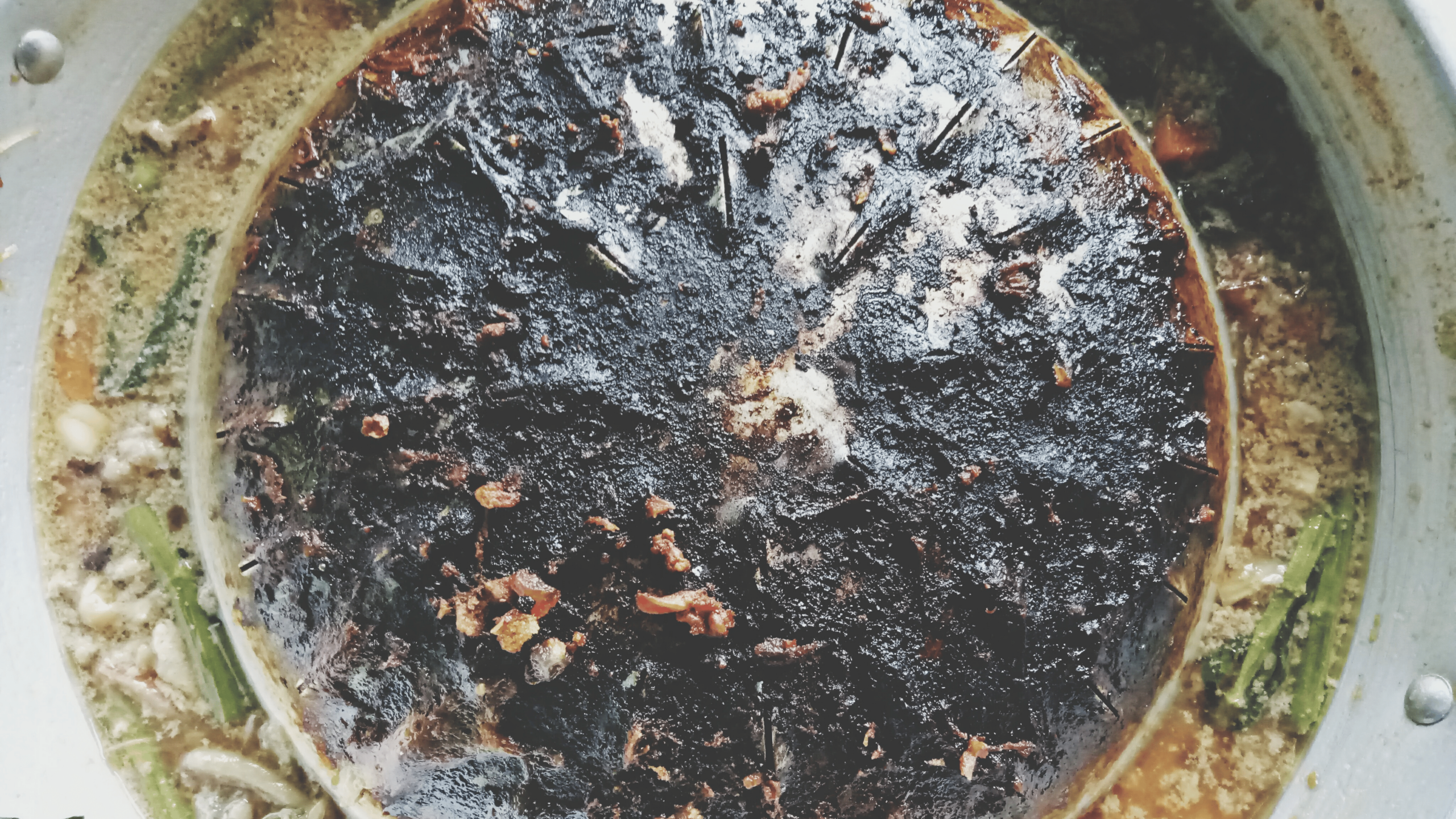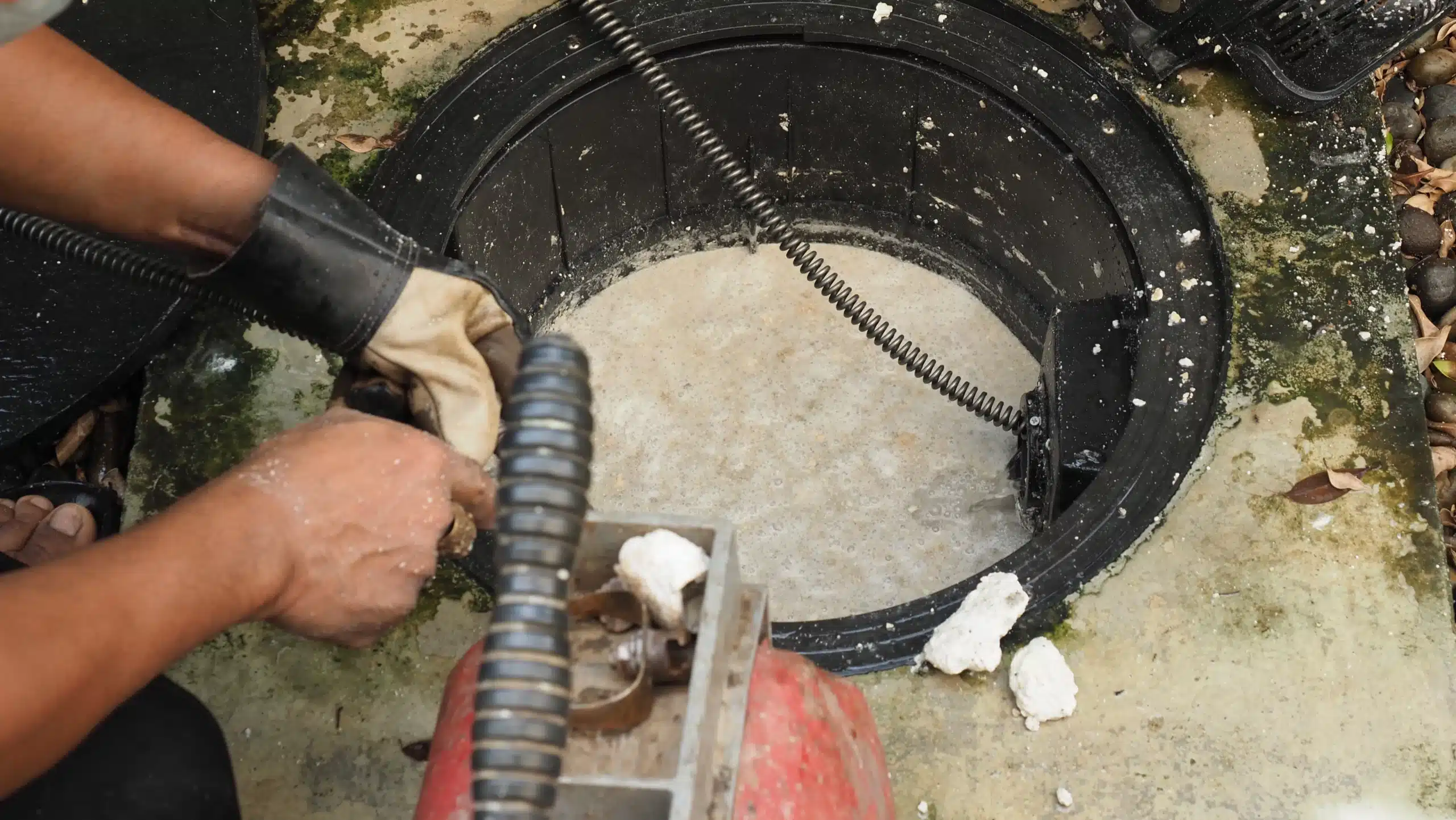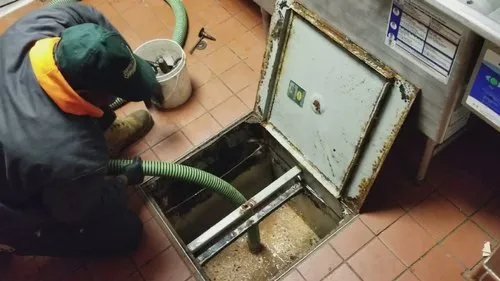Grease traps, also known as grease interceptors, converters, catchers, grease recovery/management devices, or FOG traps, have been in use for more than a century and are used in various applications. In a variety of settings, such as • restaurants, cafes, and takeaways; pubs, taverns, and inns; hotels; schools and colleges; bakeries, among others If you want to put it another way, a grease trap is a container into which wastewater that contains FOG is channeled before entering the drainage system. Designed to intercept or “trap” fog while allowing clear water to escape, the receptacle captures moisture and allows it to leave.
Cleaning Your Grease Trap
To clean a grease trap on your own, a few options vary based on the size, location, and kind of grease trap. By establishing a weekly grease trap cleaning maintenance plan, you can ensure that your business is continually operating safely and effectively.
Read this also: Why You Need Grease Trap Cleaning
First and foremost, you’ll want to wait until your restaurant has closed for the day and all of its equipment has been well cleaned before proceeding. You could also think about cleaning your grease trap first in the morning before you begin your opening processes. No matter when you decide to go through with it, take these procedures to ensure the greatest possible outcome:
1. Remove the grease trap cover from its position. Slowly and carefully pry it out of the way so that you don’t damage any of the gaskets on the lid.
2. Insert a ruler into the grease trap and record the number of inches of grease present in the web. This information must be documented and recorded in a FOG report supplied by the Environmental Protection Agency.
3. Drain the water from your grease trap, using a bucket or a small pump to do this task. Set this water aside for a moment.
4. Begin scooping the oil out of your trap with a spoon. You may use a second bucket, a shovel, or another heavy-duty scooper to complete the task.
5. Scrape the bottom, sides, and top of the container to remove any remaining oil. It will assist you in preventing the rapid accumulation of material you have knocked free but have not yet released.
6. Cleaning your trap and flushing out the screens should be your next step.
7. Empty the water from Step 3 into the grease trap again.
8. Reinstall any removed components correctly, and then replace the cover.


